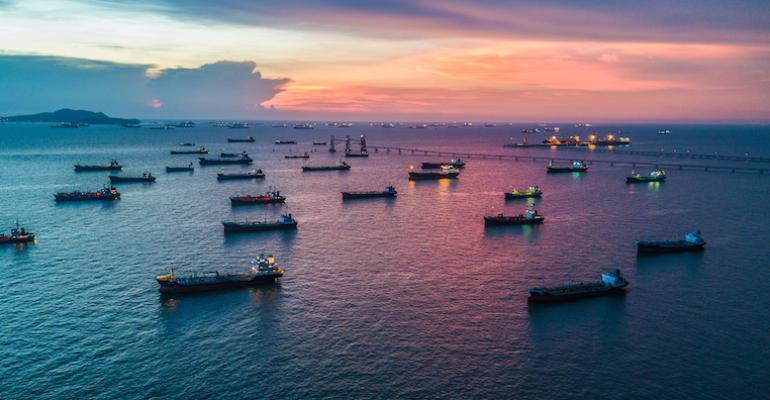You might just remember the controversy over One Man Bridge Operation that led to a lot of bad-tempered rhetoric in operational shipping in the 1990s. OMBO happened during a time of exceptionally squeezed costs, when nobody was making a decent return and everywhere there was pressure to reduce crew numbers.
The Radio Officer had gone, the Chief Steward’s job had been taken over by the Master, while every voyage would see a couple on hands lopped off the deck and engine-room manning. An electrician – what do you need that for? Bolt it onto the Third Engineer’s job specification. Are Third Mates really necessary?
So, it went on, with the maintenance of ships, which doesn’t happen by magic or clever machinery, gradually suffering. Ships were, some professionals complained, just running out of people to do the necessary work. Enter some bright Scandinavians, who were probably further forward in the race for leaner manning than some, with the suggestion that requiring a lookout, additional to the Officer of the Watch during the hours of darkness, might be a regulation that was really redundant. Get rid of this requirement, which was arguably out of date with all the clever instrumentation aboard modern ships, and, at a stroke, all those bleary-eyed lookouts and stand-by men could be redeployed on daywork, doing something more useful, such as maintaining the ship.
There was also some evidence, usually garnered after collisions and groundings. that aboard some ships, the requirement was already being honoured in a somewhat lax fashion. But the demand for change was put forward by a number of “progressive” administrations to the International Maritime Organization (IMO) in the late 1990s. It is fair to say that it was seen as both controversial and divisive. It might have been thought that employers would have been all for the change, with reservations and objections from professional mariners. But it was not anything like as clear-cut as that, with some ship’s officers suggesting that the lookout wasn’t much of a help anyway, and some traditional administrations objecting strongly on the side of more eyes meaning more navigational safety. Arguments were put forward on both sides, with casualties attributed to dozing watch officers and accidents saved by alert lookouts being emphasised.
Eventually, it was agreed by IMO that trials could be held, with the watch officer as the sole lookout, during hours of darkness, under strict conditions. A number of these were undertaken by the UK, with an observer lurking in the back of the wheelhouse in small hard-working ships, noting the alertness of the OOW, as the night wore on.
Results were quite alarming, with one observer aboard a tanker, describing the OOW being in a “catatonic trance” as he sat in his chair, cancelling the watch alarm without waking, and on one occasion, causing the observer to intervene to avoid a close-quarters situation, as the watchkeeper failed to show any sign of reaction to the approaching peril.
In 1997, after the US delegation and others made it clear that this was thought a step too far, the trials were discontinued, and the lookouts went on peering into the night. Not that seemed to deter those who went on treating the requirement with some elasticity, judging by the continuation of accidents, where the OOW was revealed to have been the sole available pair of eyes, which regrettably were closed at the crucial moment.
A quarter of a century on and a great deal of technical improvements in electronic alarms and alerts and the enthusiasts for reform of this requirement are back at the Maritime Safety Committee at IMO, to call for another look at this issue. This time, the argument revolves around the advances in technology that have emerged as part of the development of marine autonomy.
There are requests for more trials and from the initial debates, the divisions look as if they will be as wide as they were before. This time around, much will be made of the progress that is taking place in autonomy, in several parts of the world and it may prove rather harder, amid all that amazing technology, and some ships under effective remote control, to cling to the need for old-fashioned human eyes, during the dark nights.

